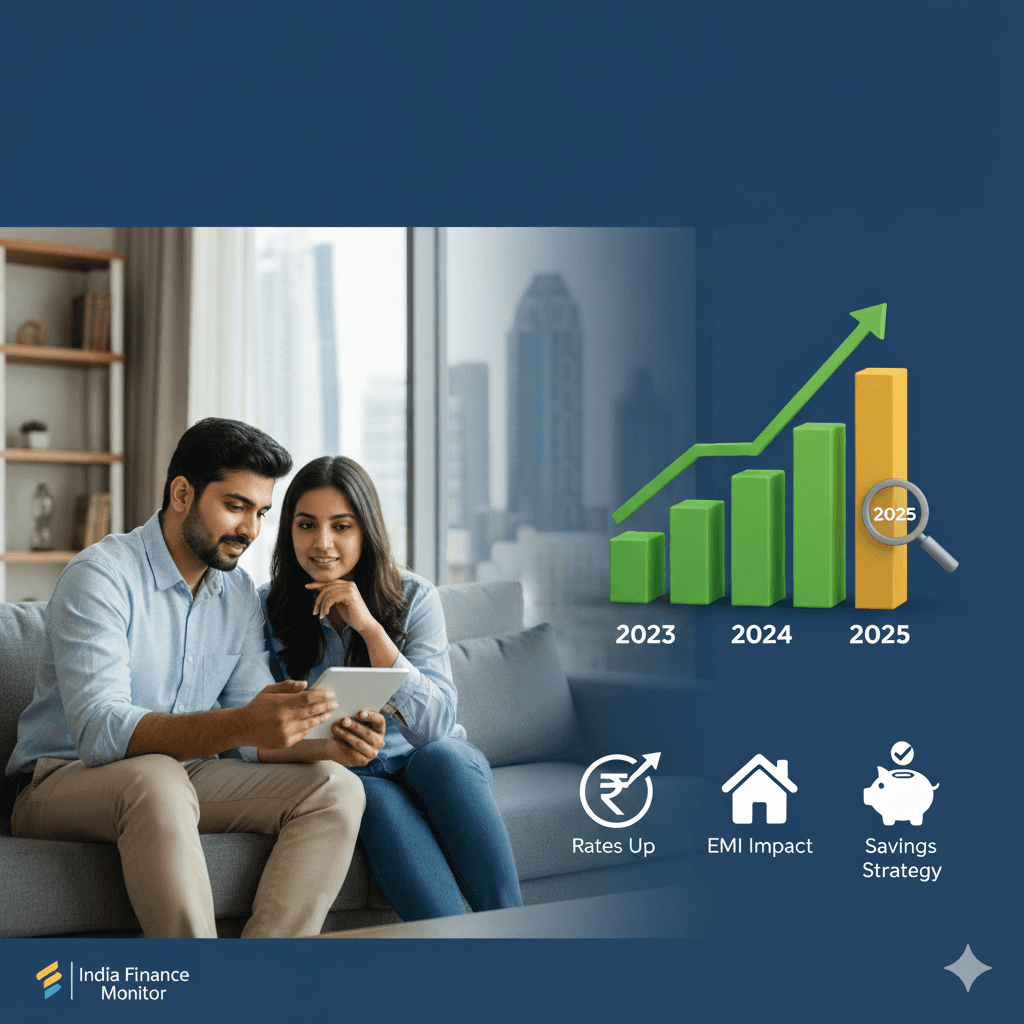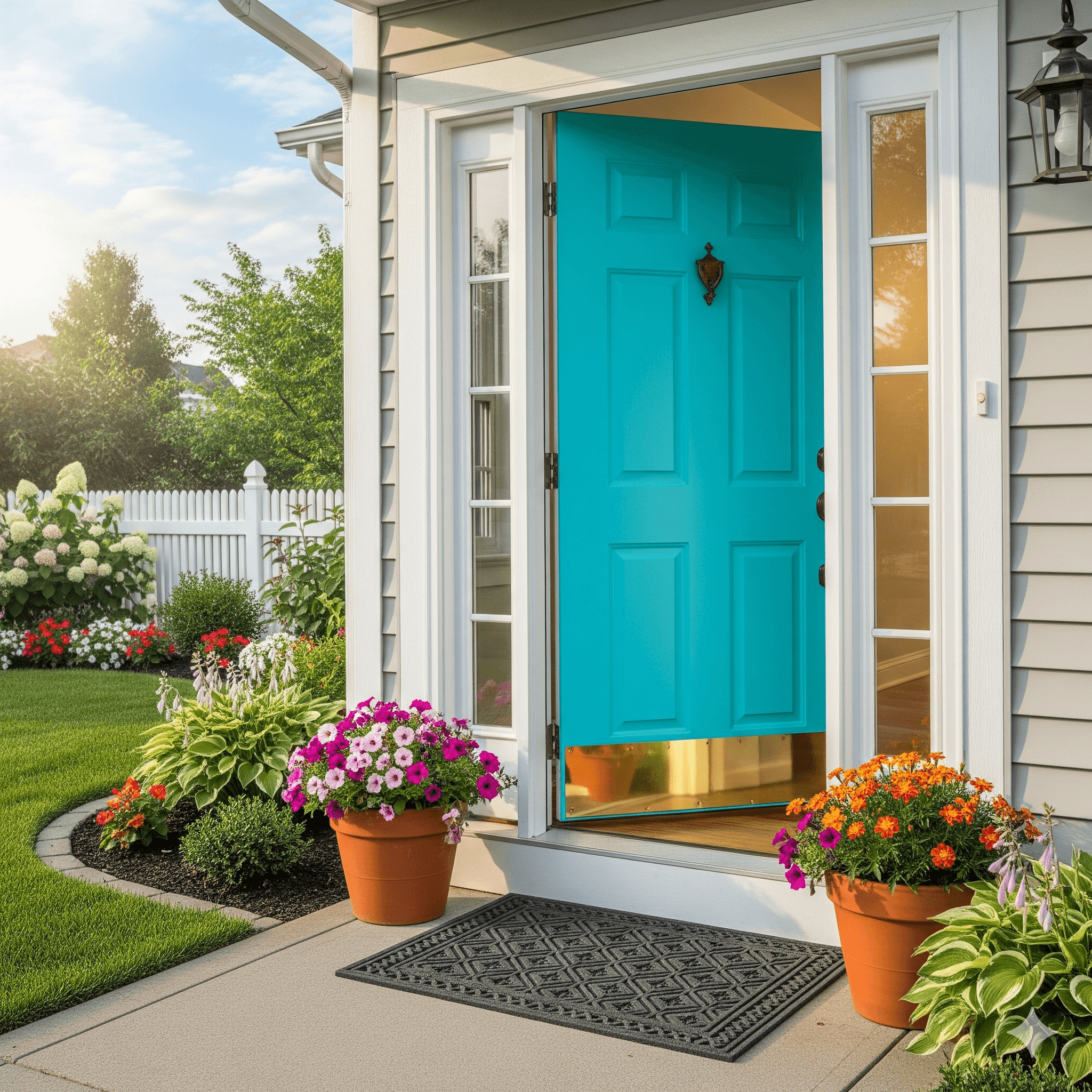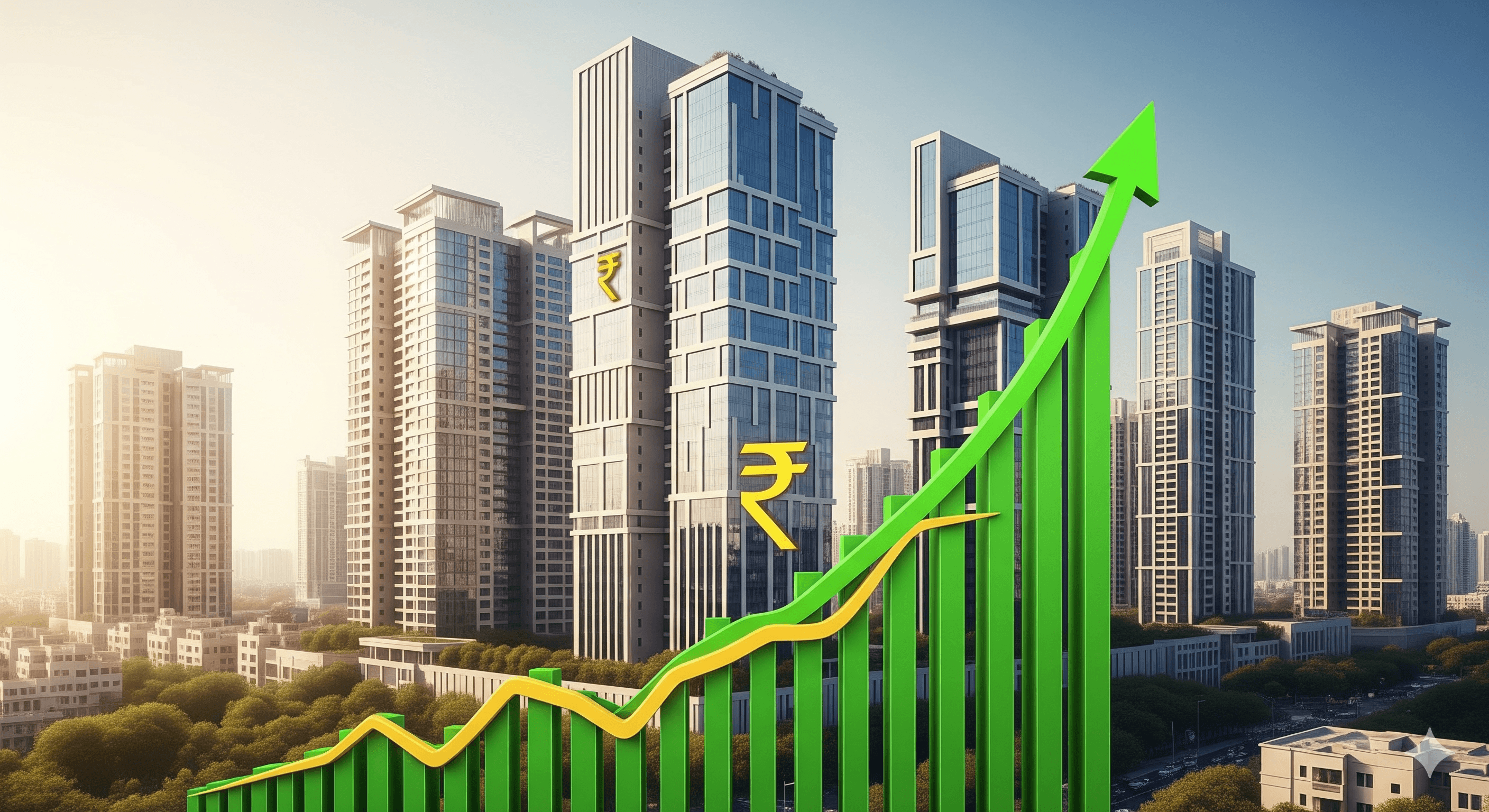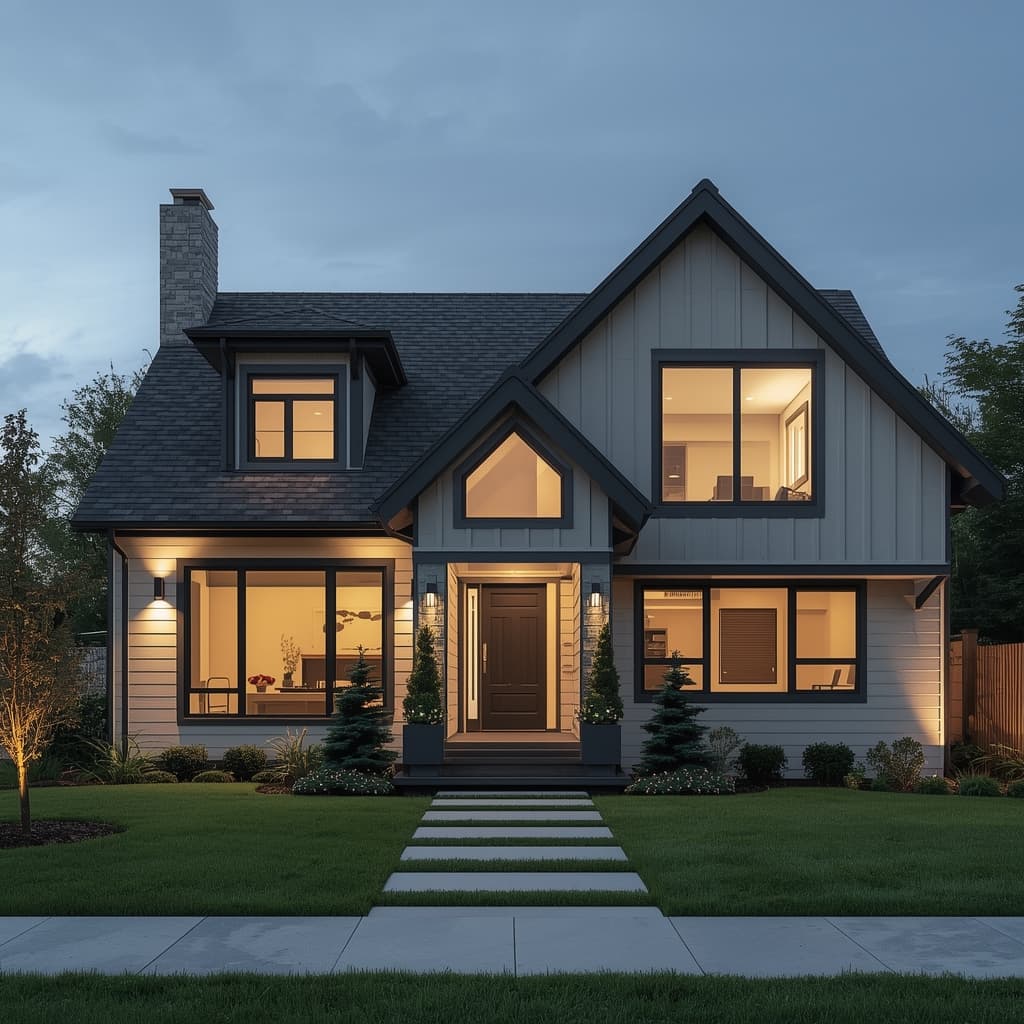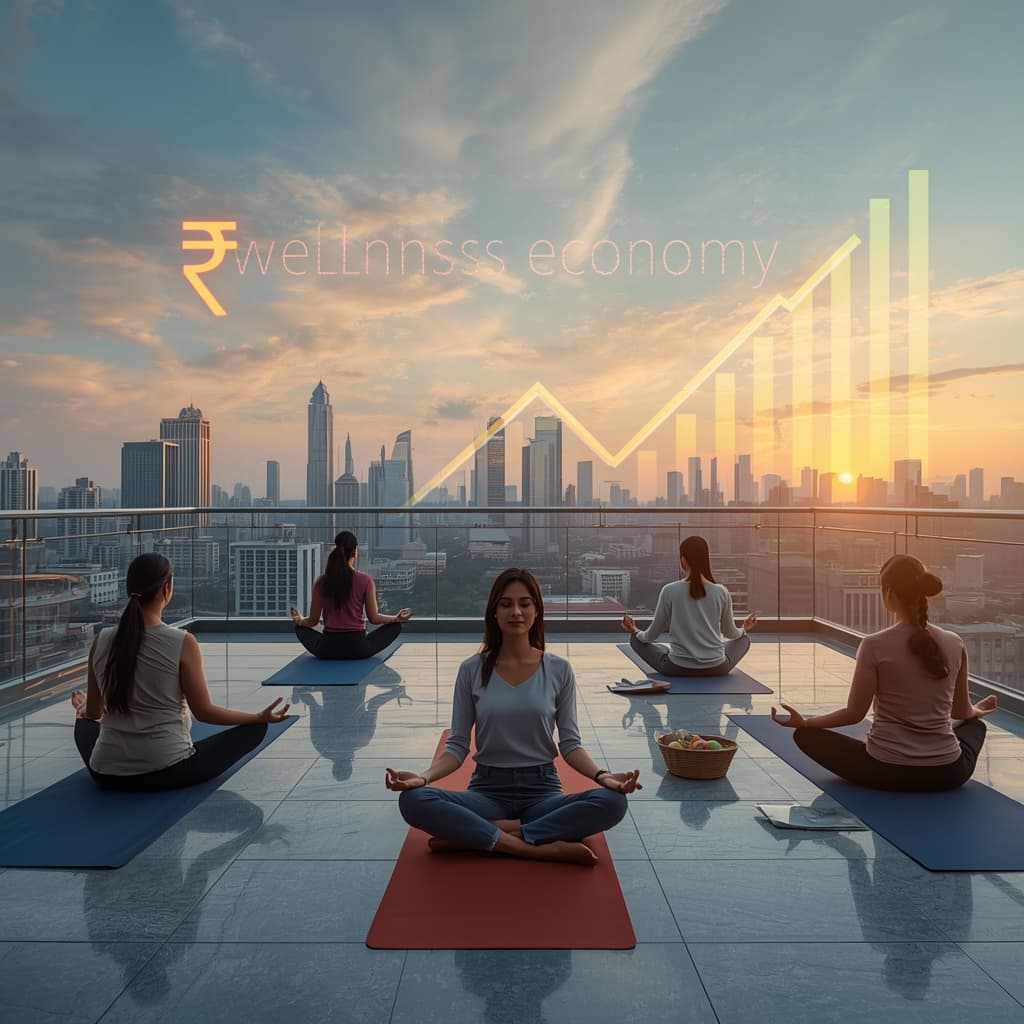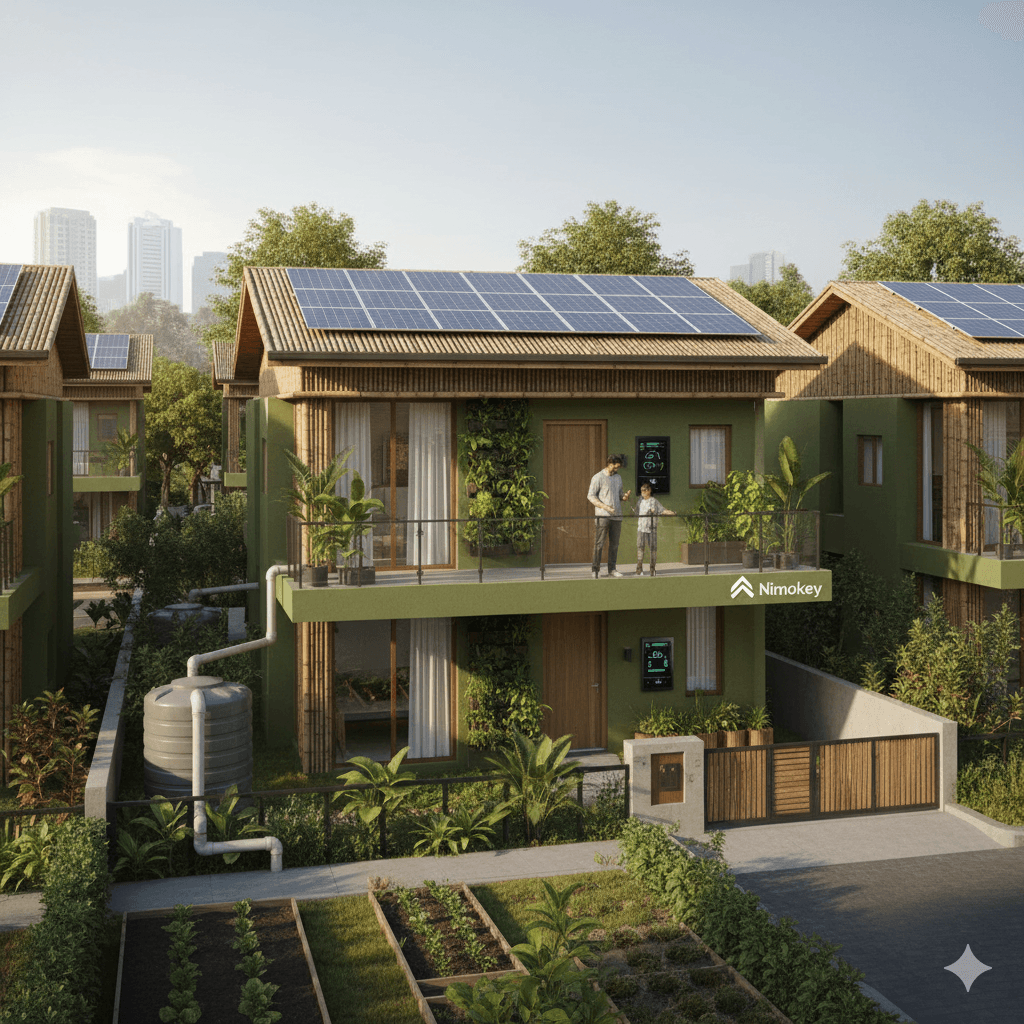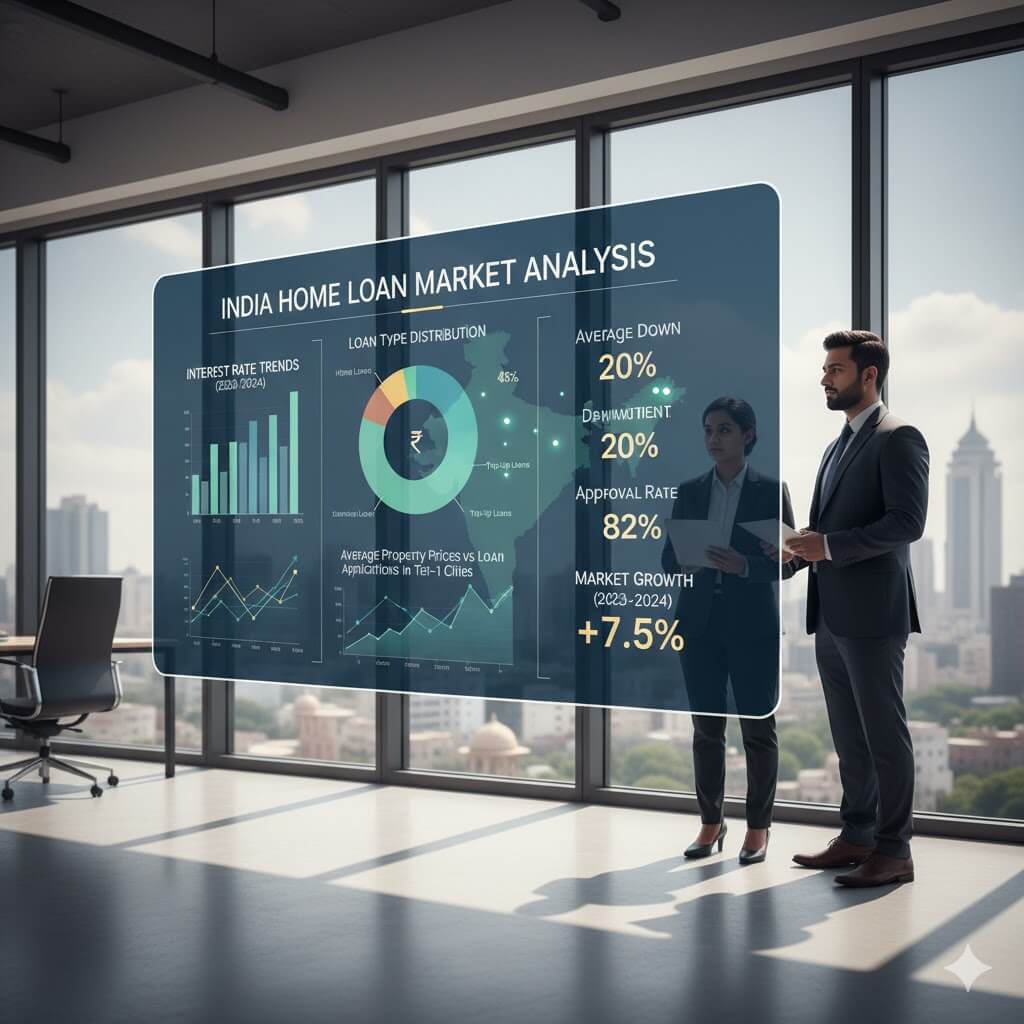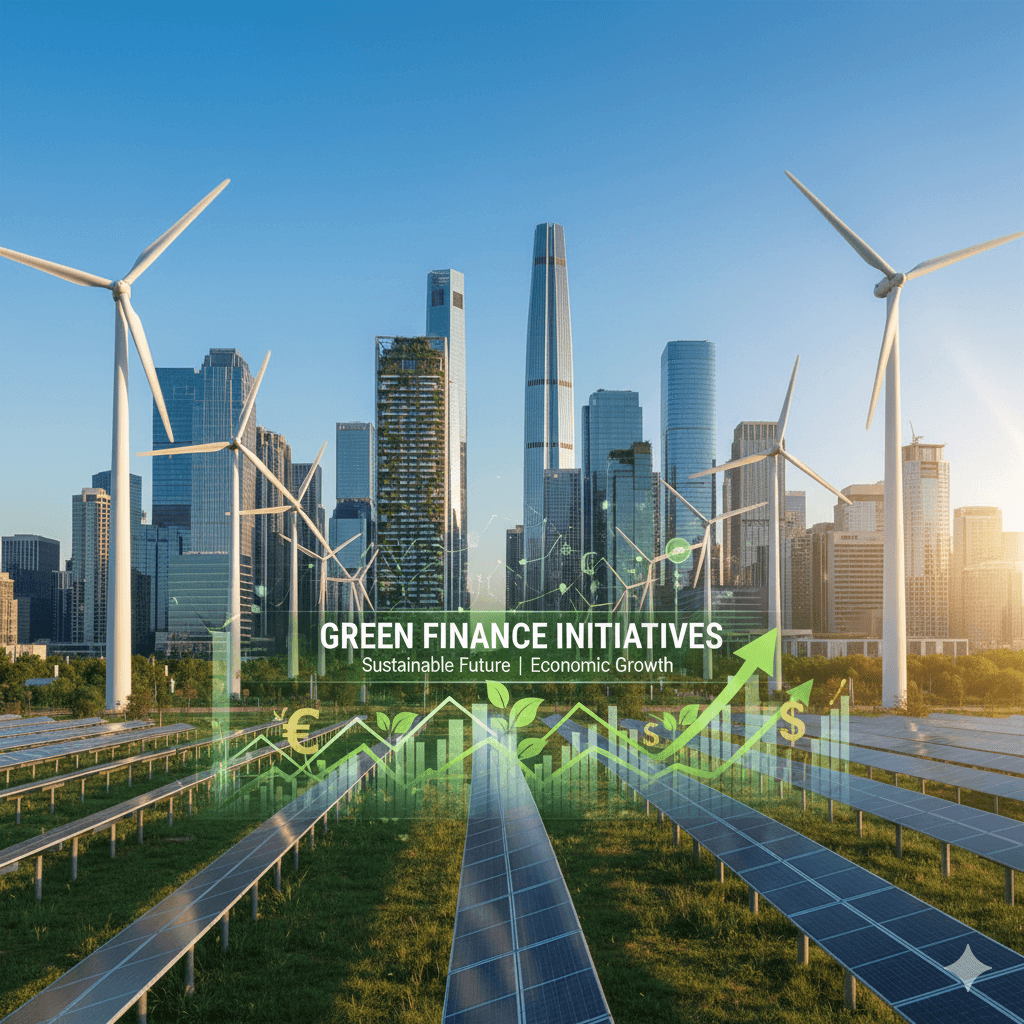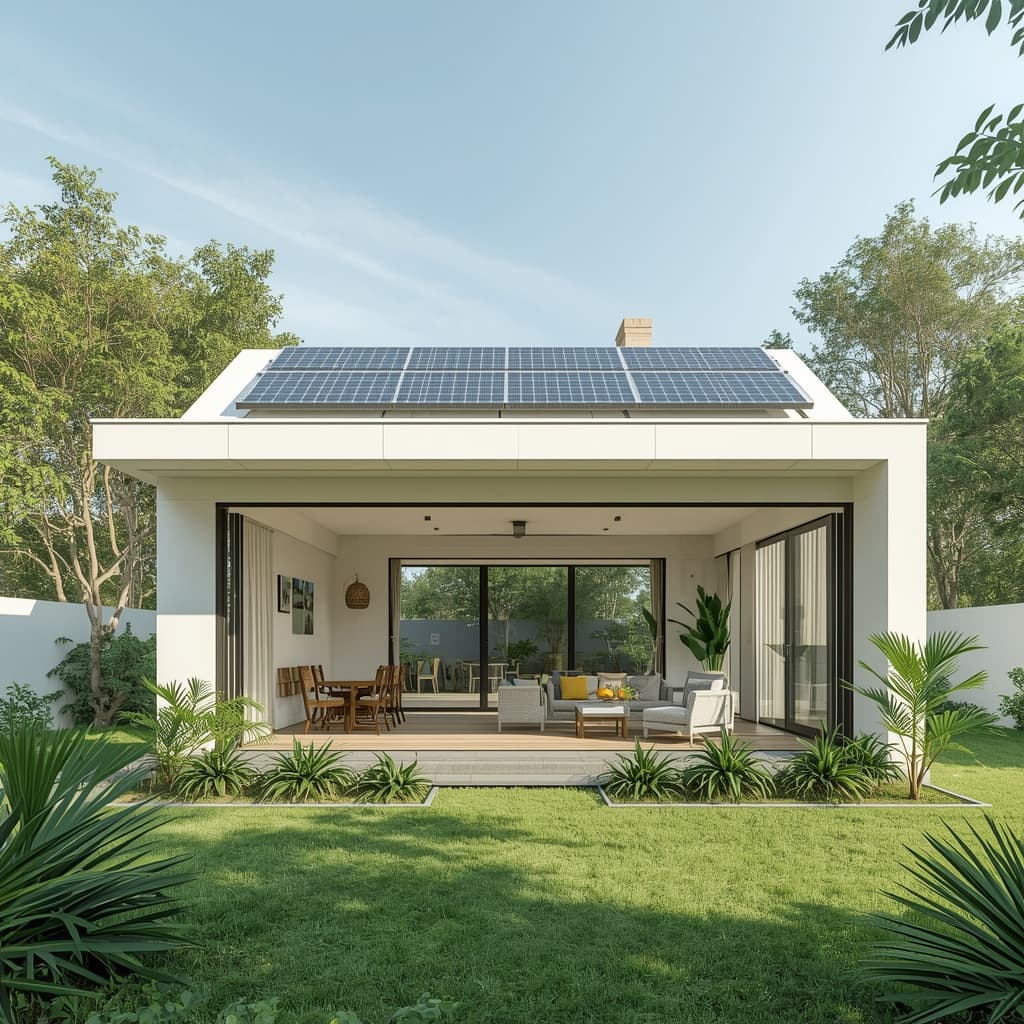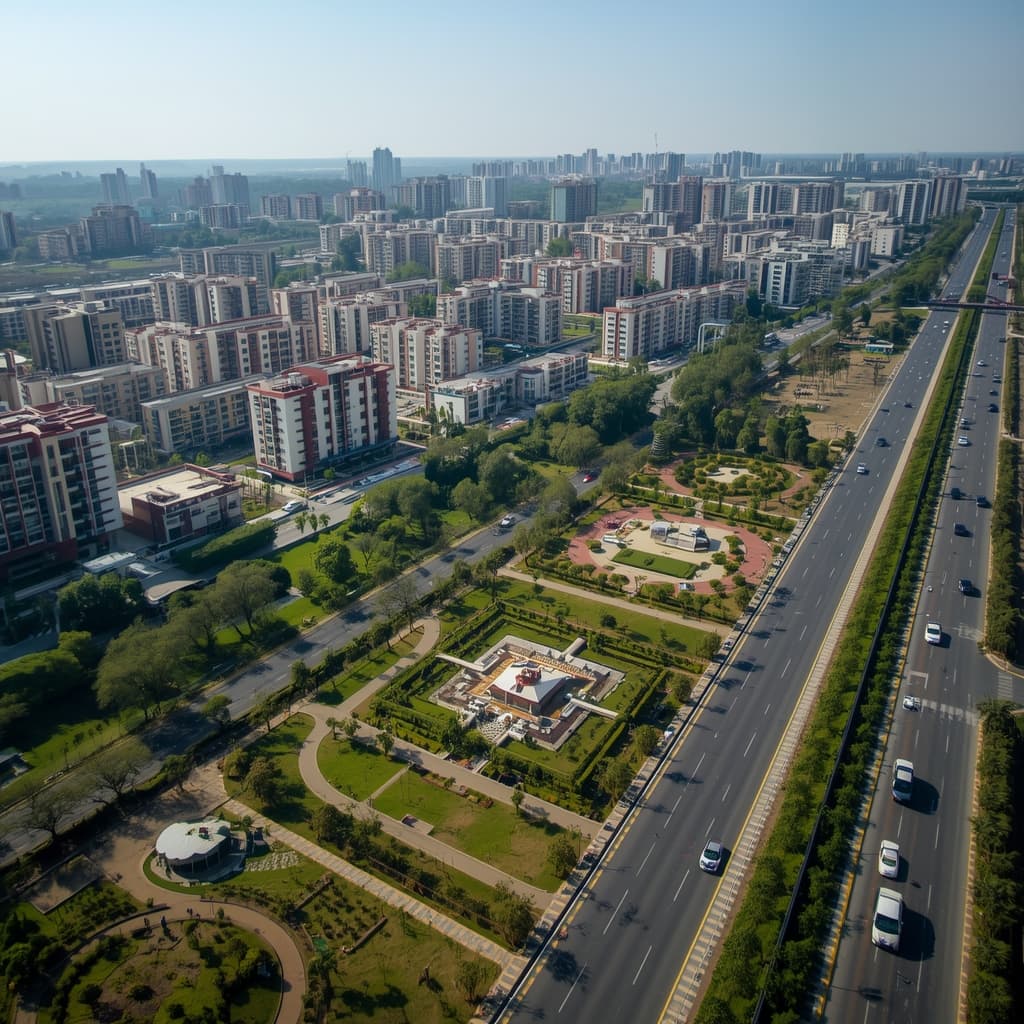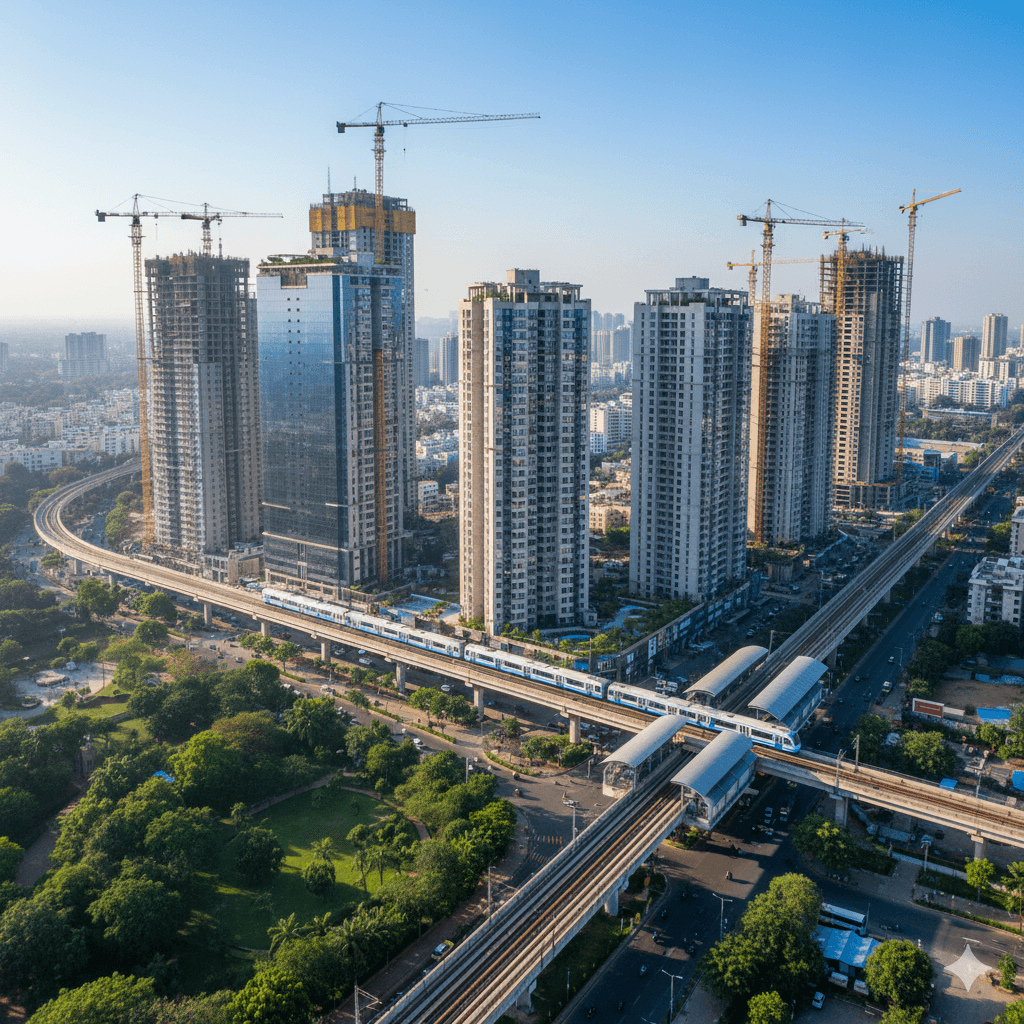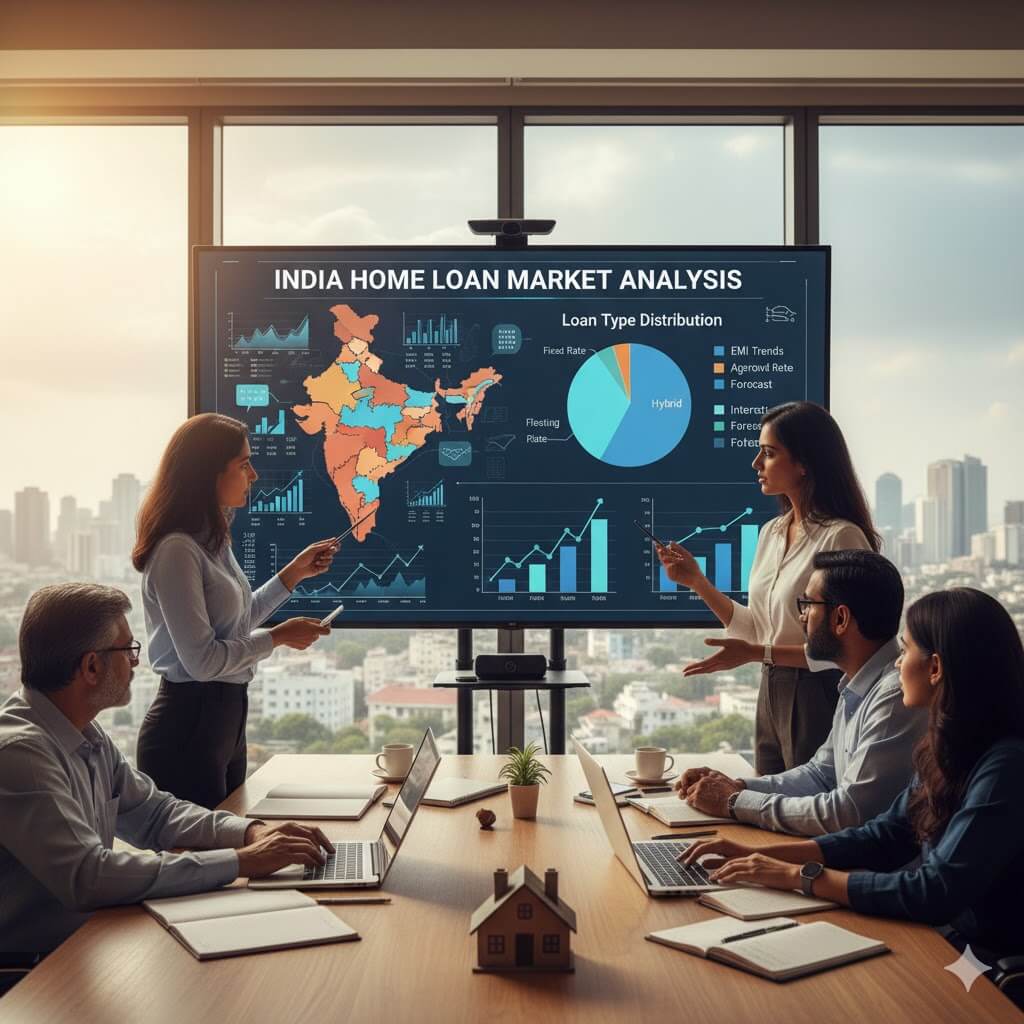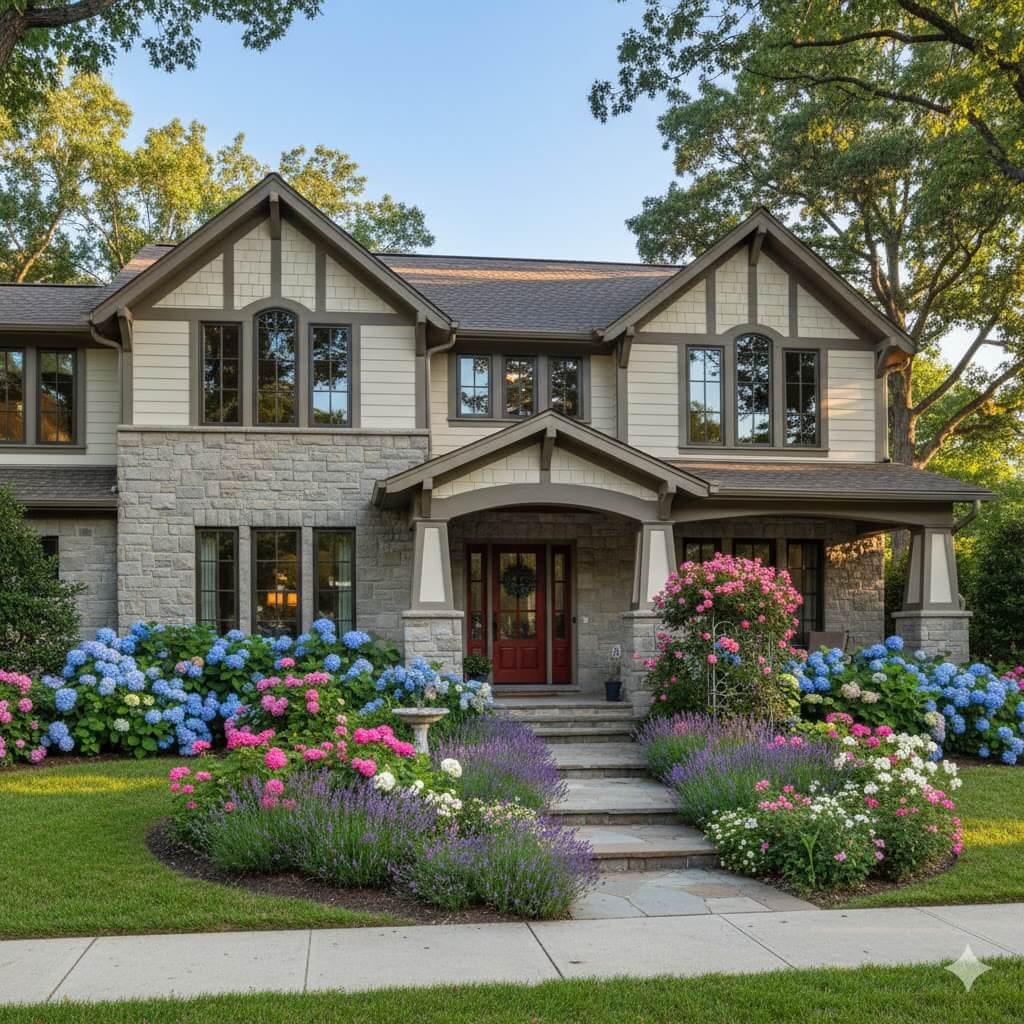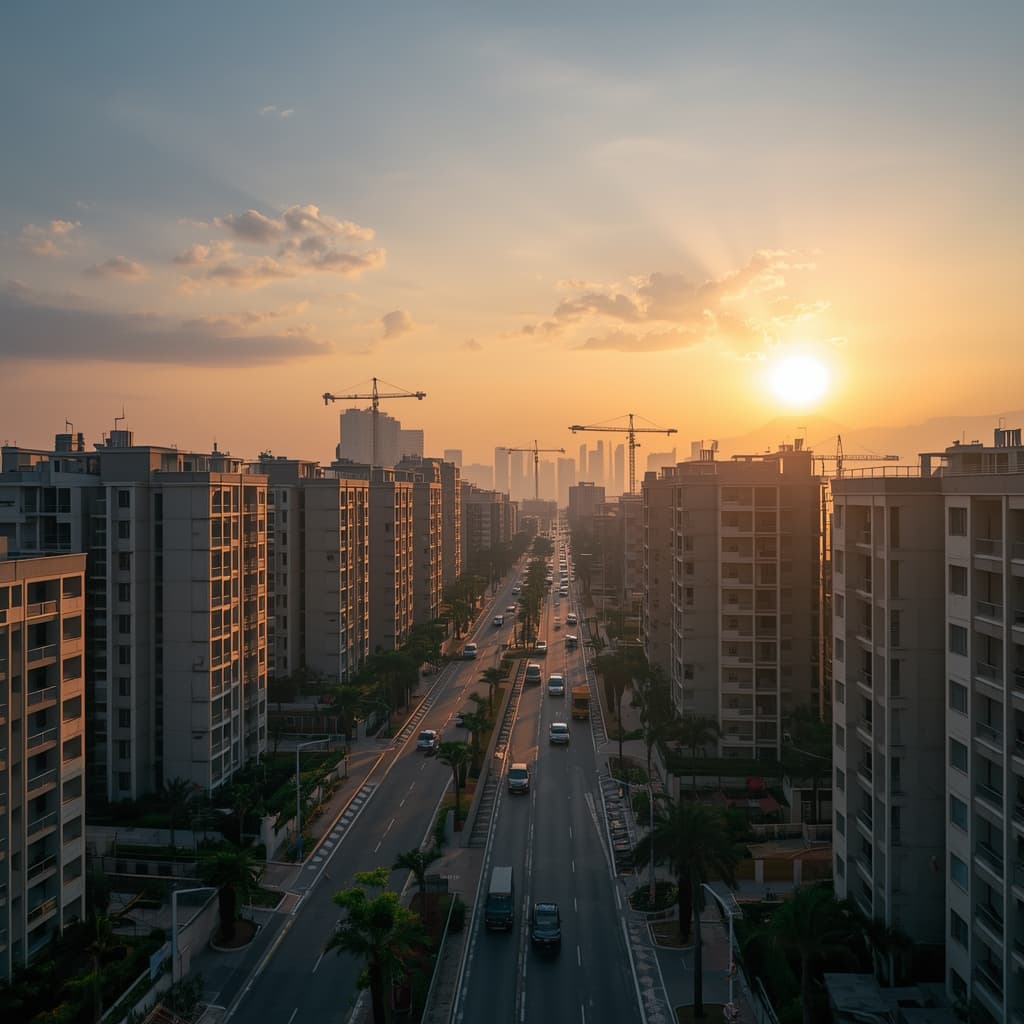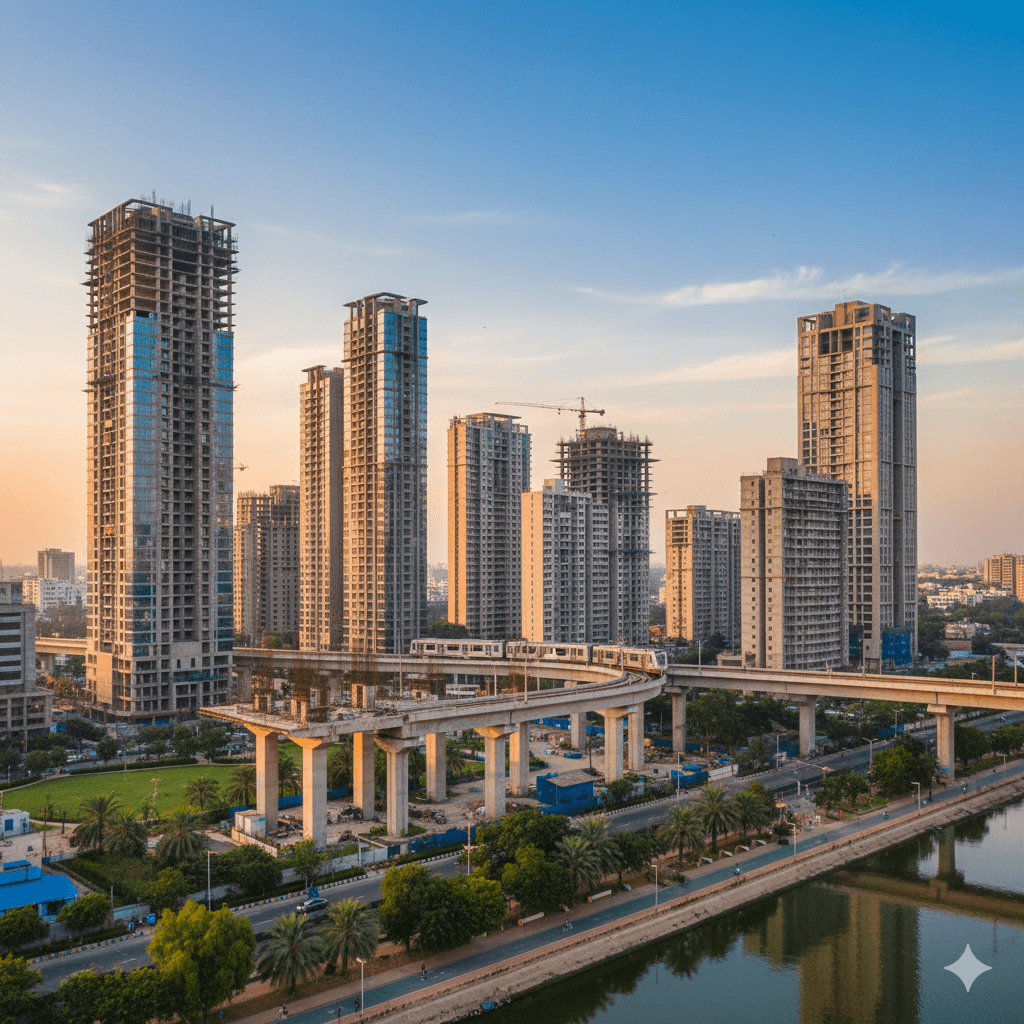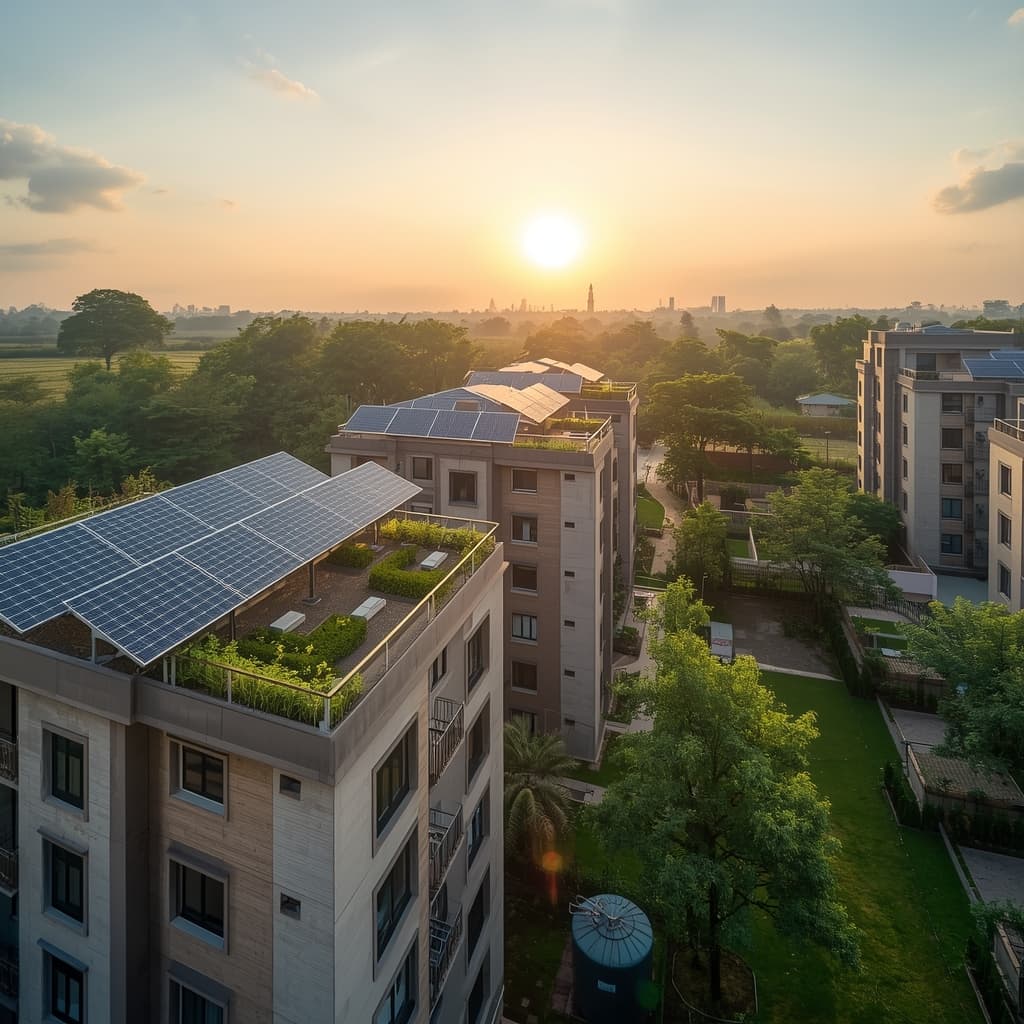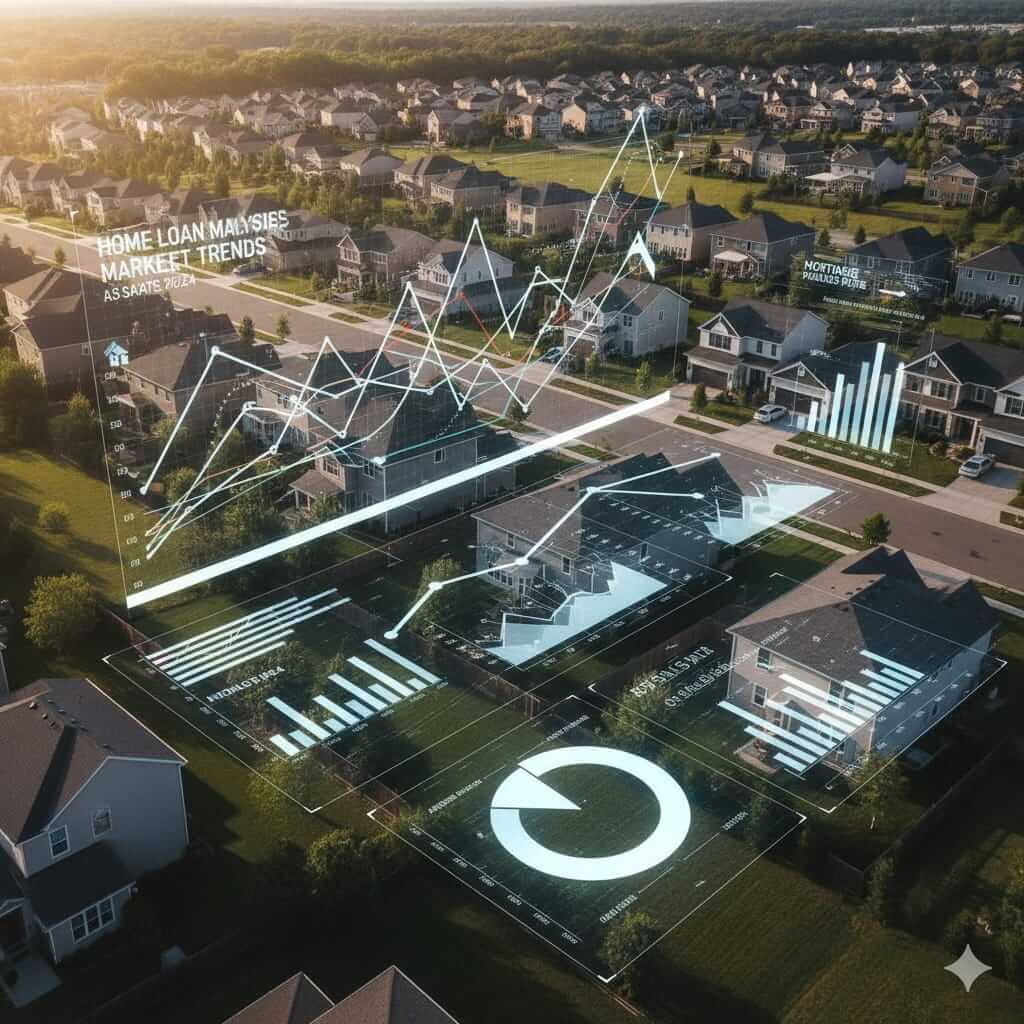Growth of Affordable Housing Loans
Affordable housing loans are driving India's homeownership revolution. Explore how government initiatives, private investments, and innovative financing models are shaping the future of housing finance in 2025.

India's affordable housing sector has become one of the fastest-growing segments of the real estate and finance markets. In 2025, the focus on inclusive growth, government-backed schemes, and private sector innovation has significantly expanded access to housing finance for low- and middle-income families. Platforms like Nimokey are helping borrowers make informed loan choices and plan their homeownership journey effectively.
1. What Are Affordable Housing Loans?
Affordable housing loans are designed to make homeownership accessible for economically weaker sections (EWS), lower-income groups (LIG), and middle-income groups (MIG). These loans typically feature lower interest rates, smaller loan sizes, longer repayment tenures, and government subsidies under schemes such as Pradhan Mantri Awas Yojana (PMAY).
2. Key Growth Drivers
- Government Initiatives: The extension of PMAY till 2029 and the goal to construct 2 crore new houses under PMAY-G have significantly boosted the demand for affordable housing finance.
- Policy Support: The Reserve Bank of India's (RBI) reforms on credit risk weightage have allowed lenders to expand their housing portfolios, encouraging more institutions to finance affordable housing projects.
- Private Sector Involvement: Financial institutions like HDFC, LIC Housing, and Bajaj Housing Finance are launching specialized loan products to cater to first-time buyers in Tier-2 and Tier-3 cities.
- Foreign Investments: Global investors such as the International Finance Corporation (IFC) and Abu Dhabi's IHC are channeling capital into India's affordable housing sector, ensuring liquidity and sustainable growth.
3. Emerging Trends in 2025
- Green Affordable Housing: Developers and lenders are integrating eco-friendly designs and sustainable materials into low-cost housing projects, supported by green financing programs.
- Digital Lending Platforms: Borrowers can now apply, verify, and receive approvals digitally simplifying the home loan journey and reducing processing times.
- Micro-Housing Loans: Tailored loan products for smaller unit sizes and self-constructed homes are expanding financial inclusion for underserved communities.
- Public-Private Partnerships (PPPs): Collaboration between governments and private developers is enabling large-scale affordable housing projects in urban and semi-urban areas.
4. Challenges in the Segment
- Land and Infrastructure Costs: Rising land prices in urban centers make truly affordable projects difficult to execute.
- Limited Developer Participation: Developers often prefer mid- and high-end projects due to better profit margins, slowing the supply of affordable homes.
- Awareness and Accessibility: Many potential beneficiaries remain unaware of subsidies or face challenges accessing formal credit channels.
- Quality Concerns: Ensuring long-term durability and sustainability in affordable projects remains a priority for policymakers and builders.
5. Major Institutions Leading the Way
- HDFC Capital: Partnered with IFC to launch a $1 billion fund (H-DREAM) to finance 25,000 green affordable homes.
- Home First Finance: Expanded its assets under management to ₹12,700 crore by focusing exclusively on affordable housing customers.
- Sammaan Capital: Backed by Abu Dhabi's IHC, it plans to scale lending in Tier-4 and Tier-5 towns, targeting self-employed borrowers.
- Unico Housing Finance: Raised ₹65 crore in debt funding to strengthen lending to first-time homebuyers in smaller cities.
6. The Road Ahead
Affordable housing loans are expected to grow by over 15% annually through 2027, driven by rising urbanization, strong policy backing, and expanding credit access. The focus is now shifting toward green affordable homes, micro-loans, and digital accessibility. Borrowers can leverage tools like the Nimokey Home Loan Calculator to estimate EMIs, compare loan options, and understand subsidy benefits before applying.
Conclusion
The growth of affordable housing loans in India represents more than financial progress it's a step toward inclusive development and sustainable urbanization. With the right combination of government initiatives, financial innovation, and borrower awareness, millions of Indians are now closer to achieving their dream of owning a home. Platforms like Nimokey empower individuals to make smarter, data-driven decisions on home loans and investments in 2025 and beyond.
About Ayushi Payal
Real estate expert with over 10 years of experience helping clients navigate the property market. Specializing in market analysis and market analysis.

